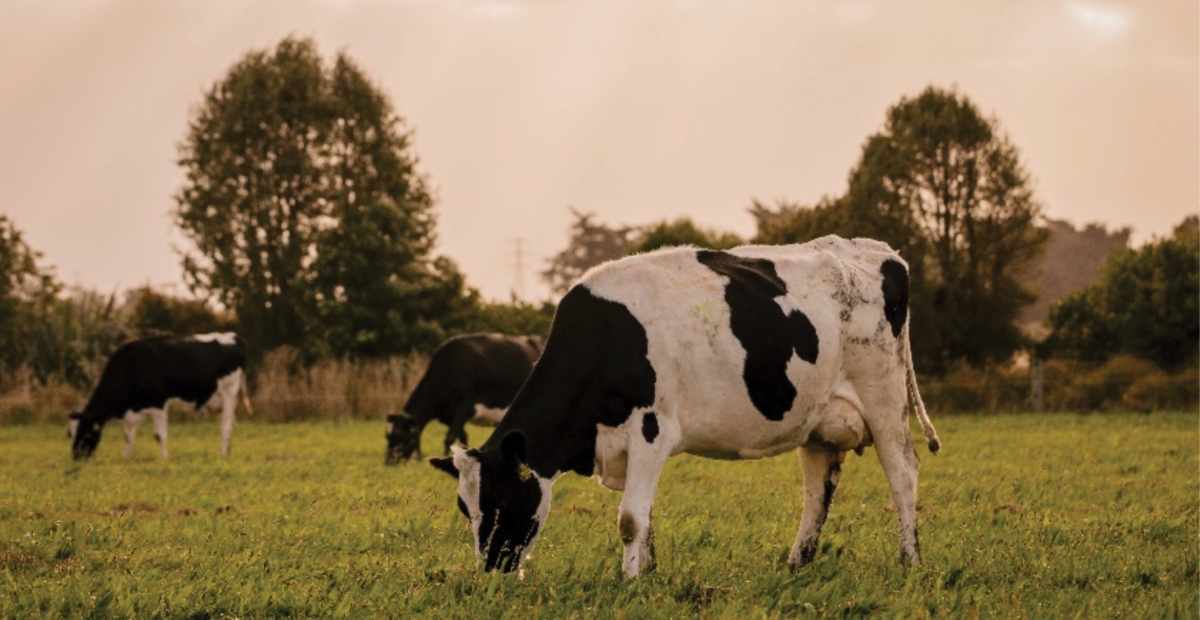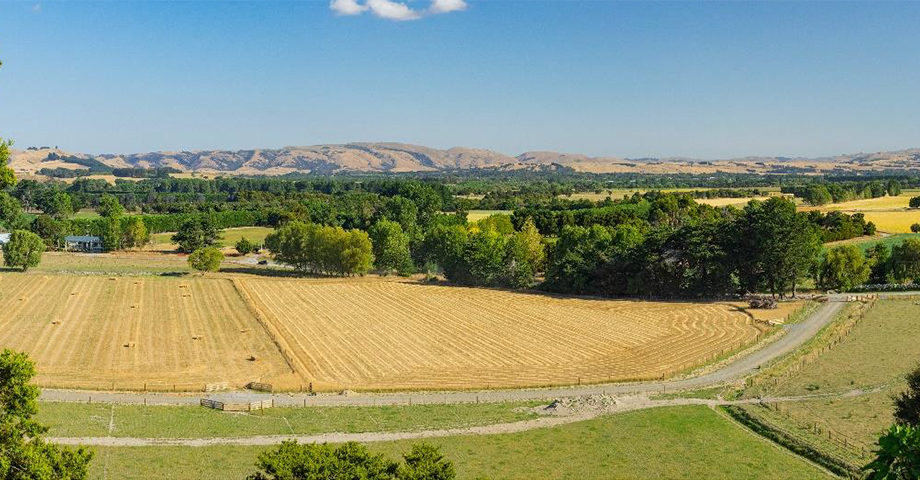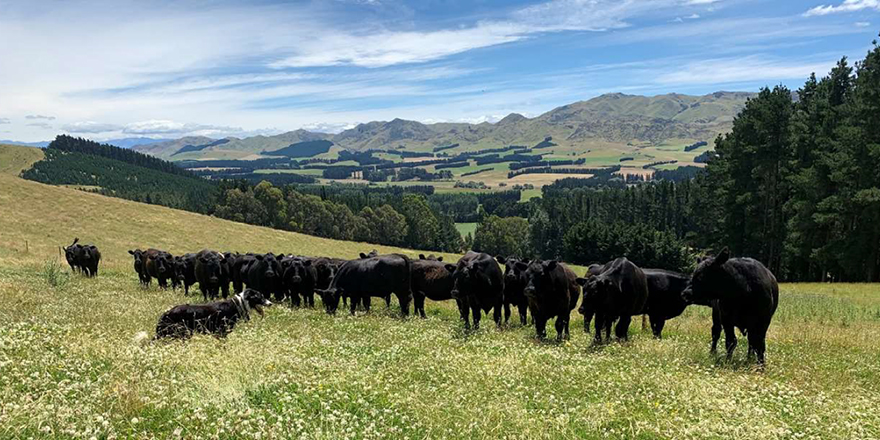
Executive summary
With growing demands for sustainability in the food and fibre industries, there is mounting pressure from consumers to produce environmentally responsible products. This report addresses the necessity for the New Zealand dairy industry to prioritise climate change concerns and associated greenhouse gas emissions to secure a sustainable future.
The report aims to understand the motivations behind the adoption of new innovations by dairy farmers and learn how to accelerate the uptake of practices that reduce greenhouse gas emissions, thereby ensuring the long-term sustainability of farming in New Zealand. Additionally, the report aims to create a resource to inform government, industry bodies, and non-governmental organisations (NGOs) about alternative approaches to motivate farmers in reducing greenhouse gas emissions positively.
The research question guiding this study is: How can we motivate New Zealand dairy farmers to embrace practices that effectively reduce greenhouse gas emissions?
A literature review was conducted to gain insights into the significance of greenhouse gases in the New Zealand dairy industry. The review examined the impact and relevance of greenhouse gases within the New Zealand dairy industry. 23 semi-structured interviews were used to uncover the motivations that would drive New Zealand dairy farmers to adopt practices aimed at reducing greenhouse gas emissions on their farm. Responses were categorised into the following high-level themes:
• WHY (belief): Explored the aspects of purpose, motivation, social structure, and trust.
• HOW (actions): Focused on leadership, communication, and pathway implementation.
• WHAT (result): Addressed knowledge acquisition, problem definition, and barriers encountered.
Information gathered from the literature review and semi-structured interviews, highlighted the importance of understanding the “WHY” behind motivations and the utilisation of effective communication strategies (“HOW”) to drive the adoption of sustainable practices within the New Zealand dairy industry.
Recommendations:
- Leverage the intrinsic values and purpose that farmers already possess. When developing GHG related communications to dairy farmers, industry partners should inspire farmers towards transformative change by building on farmers’ existing intrinsic values and encouraging mastery to drive toward continuous improvement.
- Emphasise the importance of the economic benefits and social licence to operate. Milk processors need to communicate to farmers and rural professionals the potential advantages of being market leaders in greenhouse gas emissions reduction and the consequences of falling behind.
- Create a single location for information regarding greenhouse gas related resources. Ministry for the Environment should provide and manage a resource location (i.e. website) for reputable GHG related literature, policies, regulations and general resources related to climate change specifically for the dairy sector.
- Provide greenhouse gas emissions resources for veterinarians. New Zealand Veterinarian Association (NZVA) should curate a list of reputable sources of information regarding greenhouse gas emissions regulations, mitigation strategies, and the economic advantages of adopting practices that reduce GHG emissions. As a trusted source of information, veterinarians can disseminate this information to dairy farmers.
Tracey Reynolds




